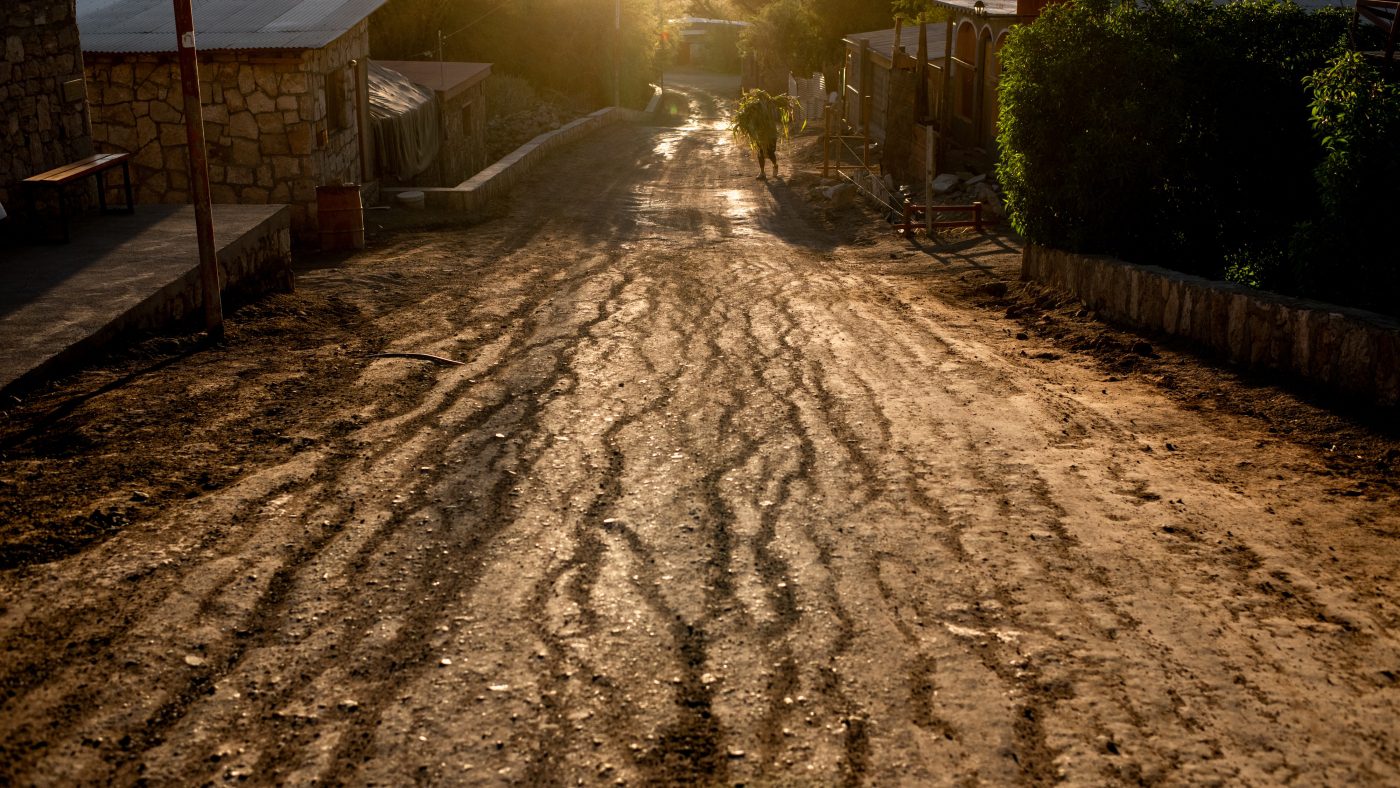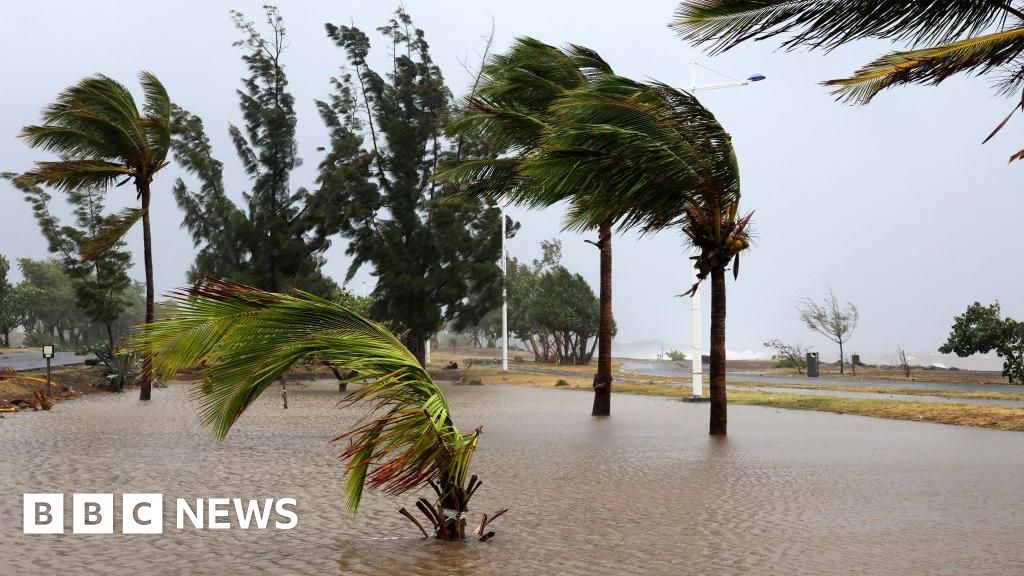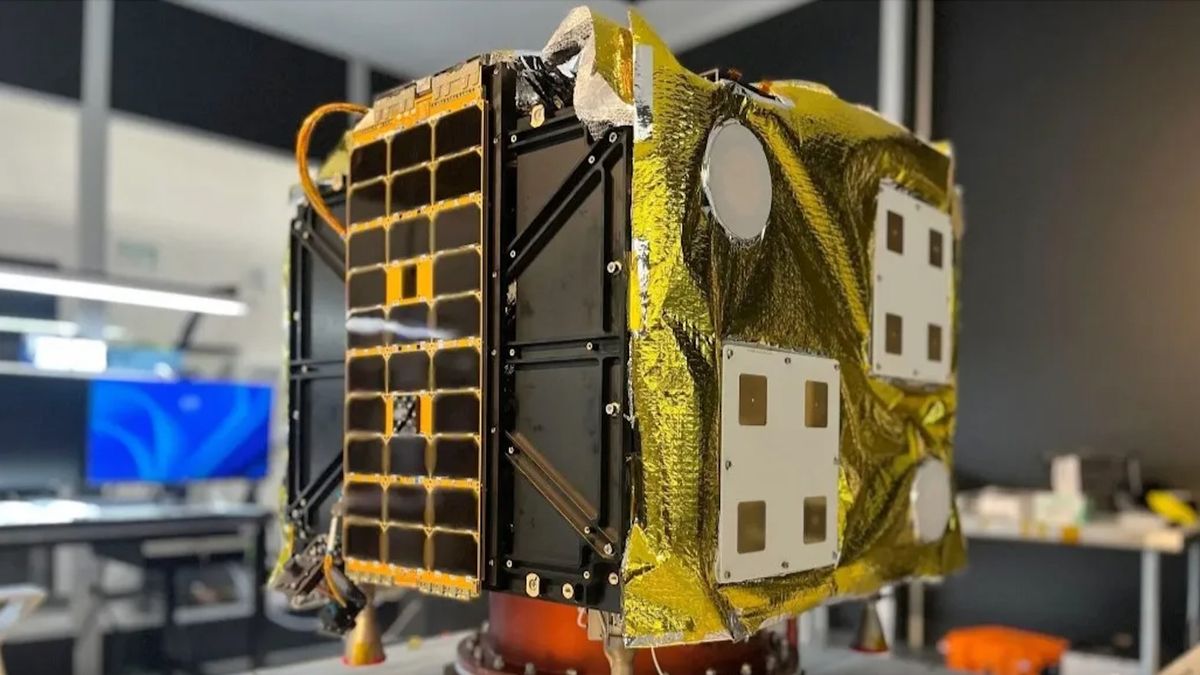
The Impact of Lithium Mining on Peine, Chile’s Indigenous Community
Nestled within the breathtaking Atacama Desert, the town of Peine stands in stark contrast to its surrounding landscapes, where black flags flutter defiantly above homes like symbols of resistance. These flags reflect the enduring spirit of the Indigenous Lickanantay community as they face the pervasive encroachment of lithium mining operations that are increasingly transforming their homeland.
The lithium-rich brine beneath the shimmering Atacama salt flats is sought after globally, driven by a sharp increase in demand for electric vehicles and renewable energy solutions. This critical resource has positioned Chile as a leading supplier, yet the Lickanantay people grapple with the consequences of this economic boom. "Our existence hinges on that water," Jeanette Cruz expresses poignantly, indicating that the drying up of water sources could spell disaster for their way of life and cultural heritage.
As lithium extraction intensifies, the local environment suffers. The process involves pumping brine to the surface, mixing it with groundwater, and allowing it to evaporate in large pools. This cycle leads to significant water loss, raising alarms among Peine’s residents, who claim that their wetlands have shrunk dramatically, leaving behind lifeless landscapes where once vibrant ecosystems flourished.
Lithium Mining Companies and Local Relationships
Three major companies are currently operational on the Atacama salt flats: SQM, Albemarle Corp, and BYD. While they maintain contracts with Chile’s state development entity, CORFO, to promote community sustainability, many locals feel that financial compensation cannot replace the cultural and environmental losses endured. SQM, for example, allocates $15 million annually among local communities, but this funding often centers on projects such as infrastructure, healthcare, and education, while failing to address the deeper, more pressing issues of cultural preservation and environmental degradation.
Although initiatives like constructing a local soccer field with Albemarle’s support have benefited some residents, skepticism remains strong among those who believe that monetary gains cannot compensate for the vanishing resources and cultural identity. Sara Plaza, a long-time Peine resident, reflects on the decline of wildlife and the diminishing resources that sustained their community’s way of life.
The Bigger Picture: A Tension Between Economy and Culture
In the face of an expediting lithium market, Chilean President Gabriel Boric announced a significant transition to a public-private partnership structure for lithium contracts, with the government assuming majority control. While this strategy aims to ensure that Chile capitalizes on its mineral wealth, local activists like Rosa Ramos Colque argue that the repercussions from years of extractive practices have already fractured social and cultural ties.
Crucially, Peine and other nearby towns now face inflated rental rates and increasing pressure on local infrastructures, as the arrival of workers from the lithium sector disrupts everyday life. Residents like Sergio Cubillos voice their fears that, without a careful approach to resource management, their cultural fabric and way of life could be irreparably harmed.
As the exploitation of the Atacama salt flat continues to expand, the Lickanantay community stands at a crossroads. The outcome of this complex situation will not only determine the future of lithium mining in Chile but also impact the identities and existence of its Indigenous communities profoundly. A cautious approach is essential to balance economic opportunity with environmental stewardship and cultural preservation, ensuring that local voices are heard and respected amidst the tide of progress.









